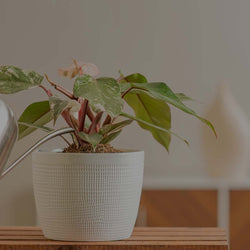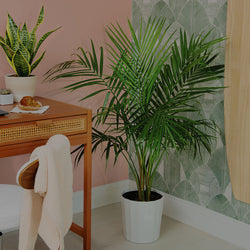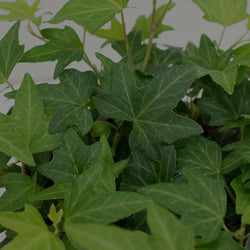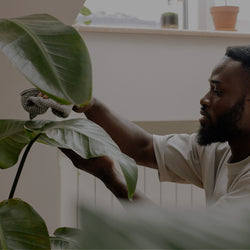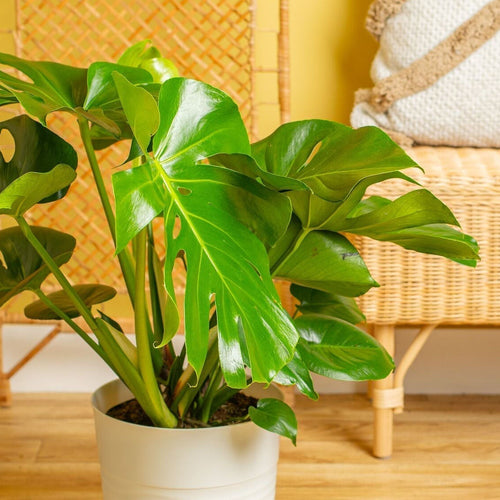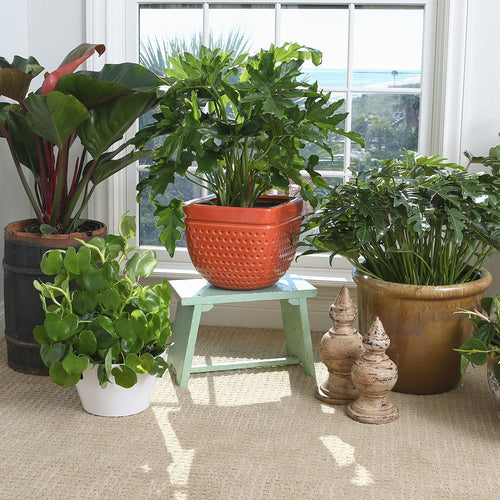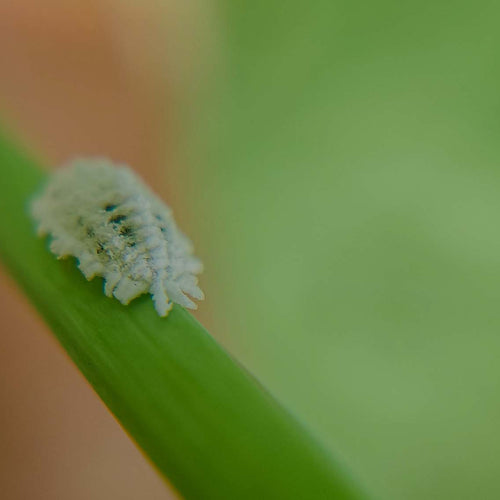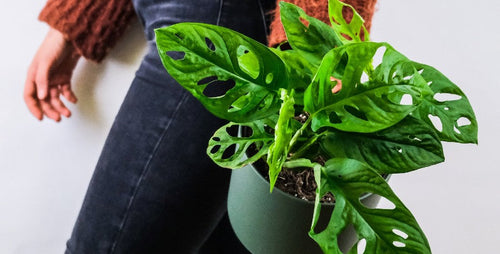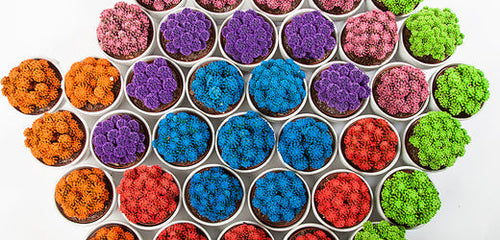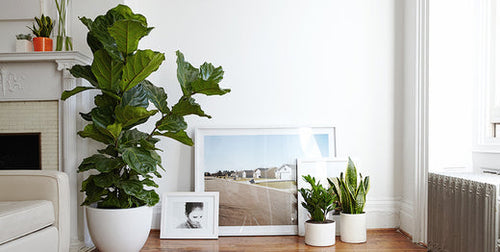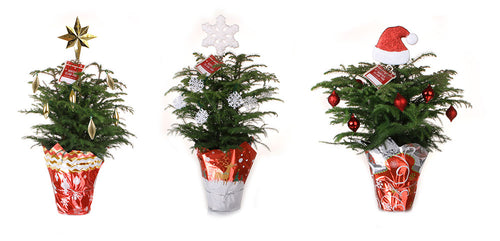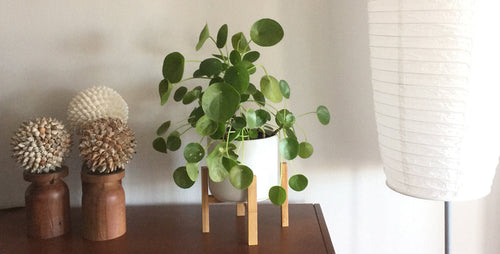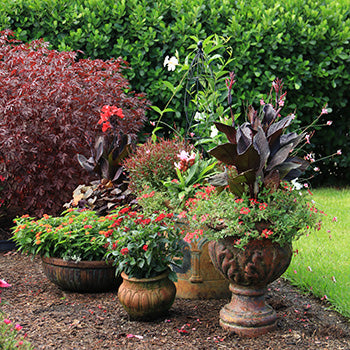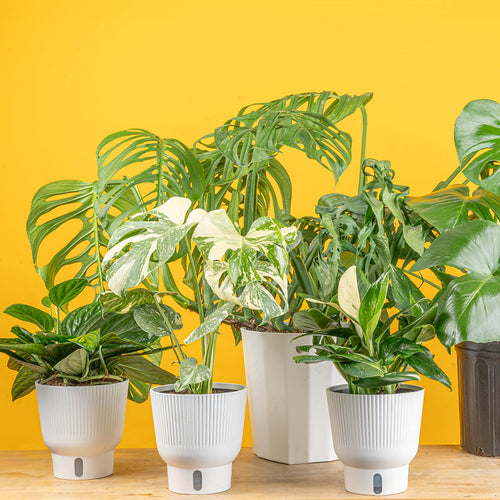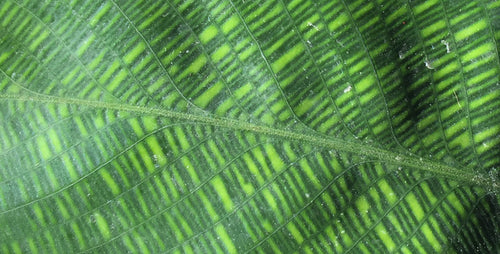If you’ve recently joined the houseplant club—welcome! Whether your plant family includes a trendy Monstera, an easy-care Snake Plant, or a cute little Cactus, keeping your plants pest-free is key to helping them thrive. Happily, preventing houseplant pests is easier than you might think. Here are tips you can use.
A Healthy Plant Is a Happy (and Pest-Resistant) Plant!
Just like us, a well-fed, well-rested plant is better equipped to fight off invaders. This is arguably the most important tip for preventing houseplant pests. If your plant is stressed out, it practically sends out signals that make it more attractive to pests.
So, what does a healthy houseplant look like?
- Right Light: Does your plant get the amount of light it needs? Too little or too much can stress it out.
- Proper Watering: Are you overwatering or underwatering? Both can lead to root problems and weaken your plant.
- Good Air Circulation: Stagnant air can create a breeding ground for some pests.
Your First Line of Defense: The New Plant Inspection
Give any new plants a quick wellness check before bringing them into your home. This is a crucial step in preventing houseplant pests from ever becoming an issue.
We Look at Four Things:
- Examine the Leaves: Look for tiny dots, sticky residue, webbing, or any unusual bumps. Gently turn over each leaf and look at the underside, as well as the top. Some pests prefer hanging out underneath the leaf. Pay special attention to the nooks and crannies where the leaf meets the stem.
- Check the Stems: Run your fingers along the stems. Are there any visible insects or sticky substances?
- Inspect the Soil Surface: Look for small flying insects, crawling critters, or any signs of mold. If you’re comfortable, slip the plant out of the pot to look at its roots. Healthy roots should be white and firm. If the roots seem discolored or mushy, there may be a problem.
- Lift up the Pot: Are there any pests hiding underneath the pot?
This quick scouting mission can save you headaches down the line. It's way easier to deal with a few hitchhikers on one plant than a full-blown infestation across multiple plants.
Quarantine New Plants
If you’re not confident in your pest-scouting skills, giving your plant a little alone time is your best next step. Quarantining new houseplants for a couple of weeks helps ensure they’re not carrying any hidden pests that could spread.
How to set up your plant quarantine:
- Find a Separate Space: Find a spot away from any other houseplants you might have. A different room is ideal but the other side of a room can work, too. If you have a terrarium or glass case to keep your plant in, that works, too!
- Keep an Eye Out: For the next 2-4 weeks, keep watch on your new plant. Water it as usual, provide the right light, and continue to inspect it regularly for any signs of pests.
If you spot any pests during this quarantine period, you can treat that single plant without risking an infestation of your entire indoor garden. Once the quarantine period is over and your new plant remains pest-free, it's officially ready to join the crew.
Written by Justin Hancock
